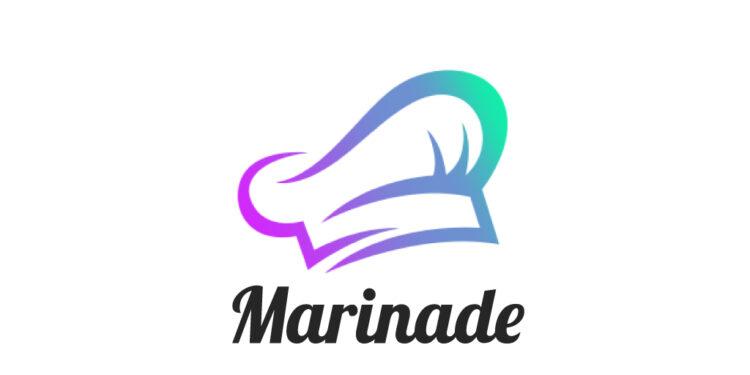Advertisement
Liquid staking is considered as liquidity leverage that overcomes the limitations of traditional staking methods, providing liquidity to assets while generating passive income for investors.
How does liquid staking work? Let’s find out in the following article!
What is Liquid staking?
Liquid staking is a method that allows investors to stake assets to earn profits with low risk while ensuring the liquidity of assets to maximize capital efficiency.
Users can both stake in the protocol, participate in network security to receive rewards and receive synthetic assets to make transactions, withdraw and make profits in DeFi protocols.
>>> Related: Liquid staking is the key to interchain security
What problems does liquid staking solve?
- Simple staking process: Users don’t have to go through a complicated “unlink” process or incur any fees if they remove staking immediately.
- Derivative strategies: Liquid staking allows Derivative assets to be used in DeFi protocols to generate revenue and staking rewards. That solves the DeFi cross-chain incompatibility crisis, helping unlock liquidity in the PoS network, which is estimated at $600 billion.
- Profit optimization: Through DeFi protocols, users have the opportunity to seek profits with tokenized derivatives while trading on liquid staking protocols.
- Low fees: When participating in liquid staking, users only pay a small portion of the reward to the intermediary protocol.
- Risk-reward balance: Since PoS network strength and security are directly linked to the amount of coins locked, liquid staking contributes to the strength of the entire network. Besides, low risk encourages the participation of investors, which increases the capital invested in the PoS network.
How liquid staking works
In essence, liquid staking provides synthetic token corresponding to the original token the user staked in the respective protocol.
For example, now that Ethereum’s network has moved from PoW to PoS, the protocol will allow users to stake ETH for extra profit while improving the security of the network. However, the staking mechanism of Ethereum PoS leads to the following disadvantages for users:
- The minimum amount of ETH to participate in staking is 32 ETH, which is quite high for a general user.
- When staking ETH, users cannot withdraw immediately and they have to wait for a long time.
- ETH staking makes user funds inefficient because a large amount of funds cannot be moved for a long time.
Lido is an application providing liquid staking solutions to solve these problems for users.
- When participating in ETH staking at Lido, users can stake any amount of ETH depending on their demand. Lido will aggregate the user’s ETH, send to the protocol and stake on ETH’s network. This makes it possible for users with low capital to participate in staking as well.
- After staking ETH, users can receive stETH tokens at a ratio of 1:1 (1 ETH = 1 stETH). From there, users can easily use stETH to participate in DeFi protocols such as AAVE, Curve, MakerDAO,… to make more profit.
- Users can also swap stETH directly for ETH from supported protocols such as Curve, instead of waiting for a period of time that network requests.
- After the network allow unstaking ETH, users can use stETH to redeem their ETH easily.
Benefits and risks of liquid taking
Benefits
- For users: increase liquidity, optimize capital efficiency, users profit from both block rewards and DeFi protocol.
- For the network: maintain viability, attract users to join, improve security and increase decentralization for the ecosystem.
- For other DeFi protocols: As the volume and TVL value of the project increases, it will promote sustainable liquidity for the entire market.
Risk
- Financial risks:
- Liquidity risk: Protocols must maintain a certain amount of tokens to meet users’ early withdrawal requests.
- System risk: Operational problems on the system will seriously affect the project and the user staking process.
- Governance risk:
- Centralized staking: Tokens need to ensure a certain level of trading activity and frequency of borrowing to optimize profit potential. Therefore, liquid staking protocols will be limited in the amount of tokens to maintain liquidity.
- Risks from validators: validators can short selling synthetic tokens for profit, which reduces the value of synthetic tokens.
- Downside risk: when the market is highly volatile, the value of synthetic tokens can be skewed against the underlying tokens, so users are at risk of liquidation or loss.
>>> Related: Yield farming, staking and liquidity mining – The secret of success in DeFi
Outstanding protocols in liquid staking
Lido Finance
Lido is a liquid staking solution on Ethereum that does not require a minimum deposit amount or maintain infrastructure. Of the 10 staking protocols on Ethereum, Lido holds a 35% market share of ETH, 17.5% of the ETH supply.

Marinade
Marinade is the leading liquid staking protocol on Solana. Investors will receive mSOL corresponding to the original staked SOL and can trade mSOL on other DeFi protocols.
mSOL always trades at a slightly higher price than SOL. This rate gradually increases that makes mSOL more valuable than SOL. If you want to unstake mSOL in exchange for SOL, you will in fact have to unstake more SOL than originally.

Besides, traders can choose to staking Socean, Parrot, aSol, Stafi, Orca, pSTAKE,… However, it is important to Do your own research to come up with an effective strategy.
>>> Related: What is Binance staking? Convenient coin staking from Binance
Conclusion
Liquid staking is a solution that overcomes the weaknesses of the traditional staking mechanism, optimizing the efficiency of capital use, and promoting decentralization and accessibility for the ecosystem.
Hopefully, through the above article, Ecoinomic.io has helped you understand how it works as well as how to participate in liquid staking so you can make investment decisions.
















